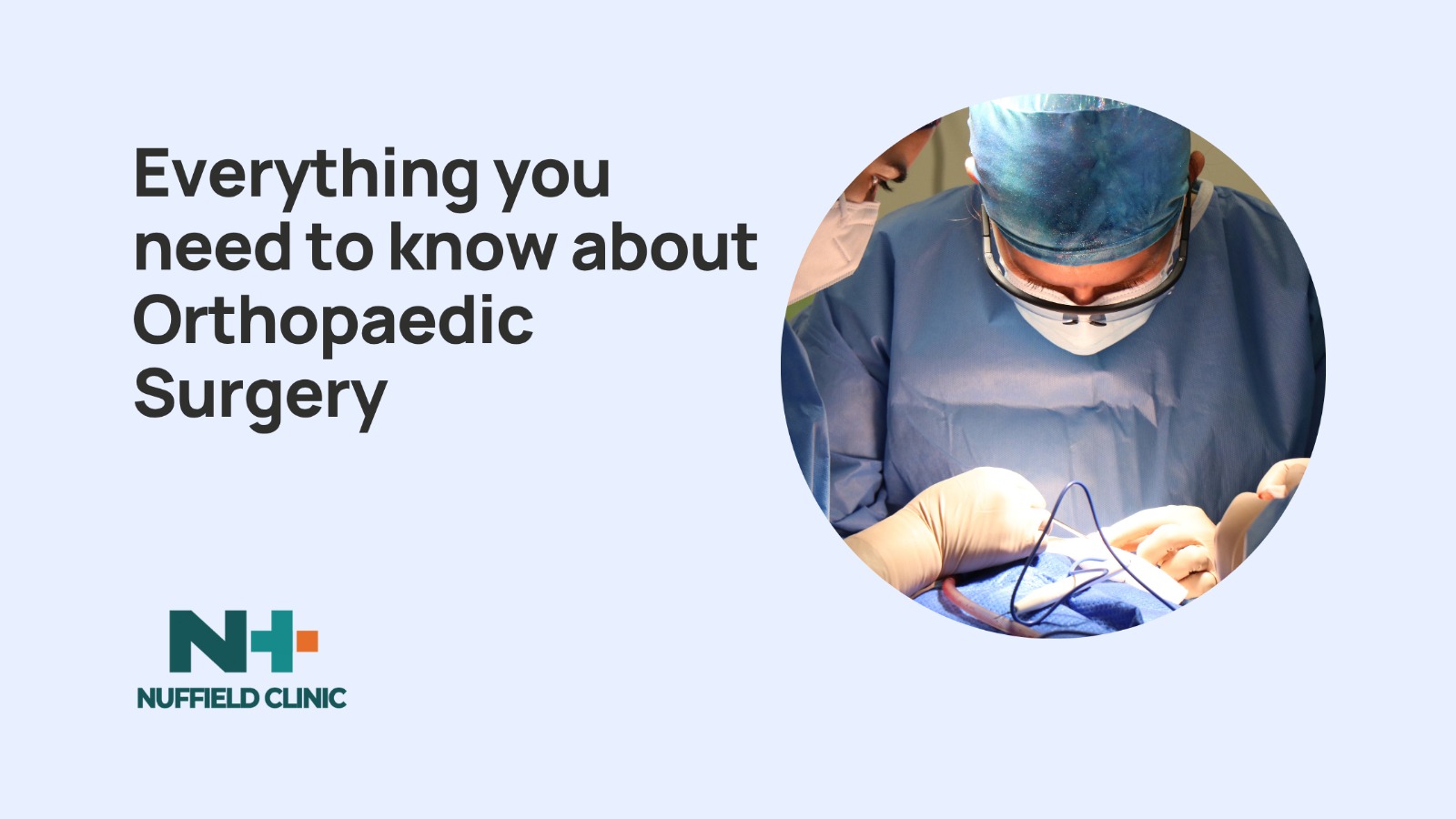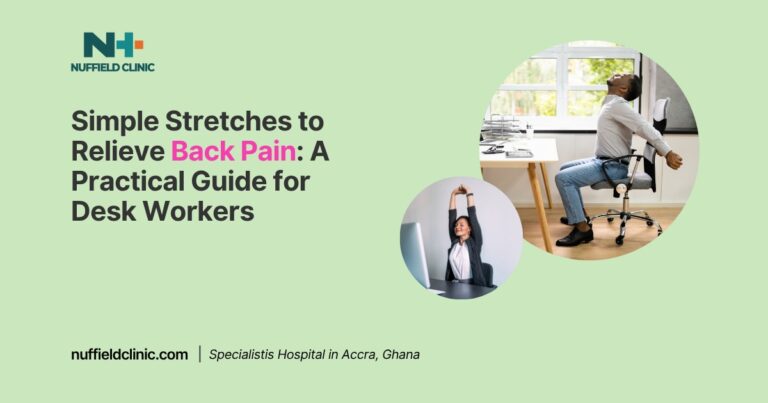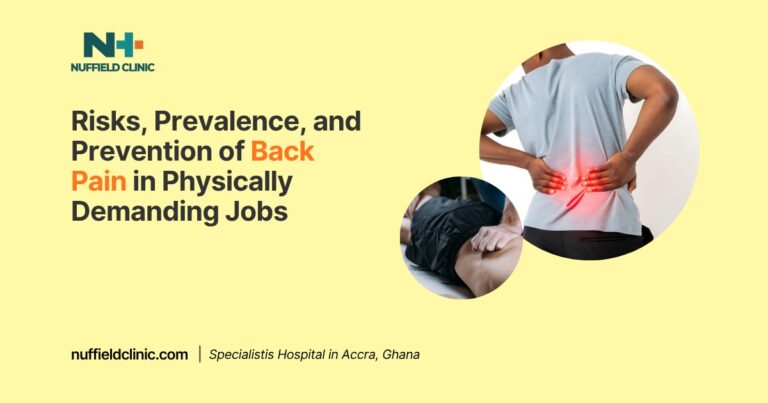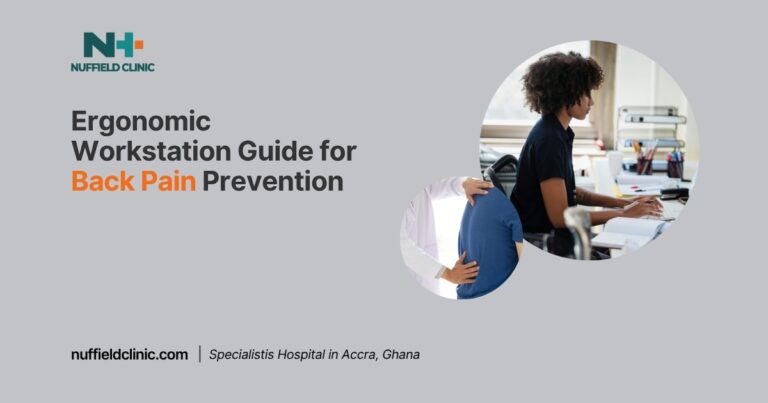Everything you need to know about Orthopaedic Surgery

What are some things you must know about Orthopaedic Surgery? Are you living with joint pain, recovering from a musculoskeletal injury, or exploring surgical options to restore your mobility? You’re in the right place. This guide is for you.
This is an in-depth, expert-backed resource from the Nuffield Clinic editorial team. In this Article, we break down what Orthopaedic surgery involves, what to expect during your first consultation, and how understanding the process can empower you.
By the end, you’ll be equipped to make confident, informed decisions about your health and recovery.
Orthopaedic Surgery
Orthopaedic surgery is more than just fixing broken bones. It’s a vital medical specialty that diagnoses, treats, and prevents conditions affecting the musculoskeletal system, a complex network of bones, joints, ligaments, tendons, muscles, nerves, and soft tissues. When something goes wrong here, your ability to move, function, or live pain-free can be deeply affected.
In this guide, we will carefully walk you through the essentials: what orthopaedic surgery involves, common procedures, what to expect during a consultation, how those consultations influence decisions, especially regarding joint replacements, and where to go locally for expert care.
1. What is an Orthopaedic surgery?
Orthopaedic surgery (or orthopaedics) focuses on the musculoskeletal system. According to the Cleveland Clinic, this system supports your body, enables movement, and maintains posture. When it’s compromised, whether through trauma, overuse, ageing, or congenital issues, pain and limited mobility often follow.
There are two key types of Orthopaedic providers:
- Surgical orthopedists – These physicians perform operations to correct or replace damaged musculoskeletal components.
- Non-surgical orthopedists – Often referred to as physiatrists or rehabilitation specialists, they manage musculoskeletal conditions without surgery.
Orthopaedic surgeons rarely work alone. They collaborate with physiotherapists, general practitioners, rheumatologists, and sometimes neurologists to offer a comprehensive treatment approach tailored to each patient.
2. Common Orthopaedic Procedures
Orthopaedic surgeries vary in complexity. Some involve tiny instruments and a small incision. Others may require full joint replacements or spinal reconstruction. Here are some of the most frequently performed:
Joint replacement (Arthroplasty)
Arthroplasty replaces worn or damaged joints with artificial implants. It’s typically used for patients with advanced arthritis or injury.
- Hip replacement: The femoral head and acetabulum (hip socket) are replaced to relieve chronic pain and restore mobility.
- Knee replacement: Often necessary for patients with advanced osteoarthritis, this involves resurfacing the damaged knee joint.
- Shoulder joint replacement: Options include total shoulder replacement, reverse shoulder replacement, partial replacement, and resurfacing techniques.
Arthroscopy
This is a minimally invasive technique that uses a tiny camera to visualise, diagnose, and treat joint problems.
- Knee arthroscopy: Common for ACL reconstruction, meniscus repair, and debridement.
- Shoulder arthroscopy: Used for rotator cuff repairs, impingement treatment, and joint inflammation.
Spine surgeries
For chronic back pain that doesn’t respond to non-surgical treatments, several procedures are available:
- Microdiscectomy
- Spinal decompression
- Stabilisation or fusion techniques
Joint fusion (Arthrodesis)
This surgery permanently joins two bones, typically used when other joint replacement procedures have failed.
Additional procedures
- Sports injury repairs: Tendon and ligament reconstructions (e.g., ACL, Achilles).
- Fracture fixation: Using metal plates or screws to stabilize broken bones.
- Trigger finger release: A quick procedure to restore smooth tendon movement.
- Carpal tunnel release: To alleviate median nerve compression in the wrist.
- Ankle ligament repair or reconstruction
Orthopaedic surgery also addresses a range of chronic conditions like bursitis, tumours, deformities, soft tissue injuries, and degenerative diseases such as arthritis.
3. What to expect during an Orthopaedic Consultation
For many, the first step in Orthopaedic care is a consultation. Preparation is key, it ensures you get the most from your visit and helps your doctor develop a tailored plan.
Before your appointment
A little organisation goes a long way. Gather:
- Medical records: Referral notes, past diagnoses, and treatment histories.
- Imaging: Bring MRIs, X-rays, or CT scans, if available.
- Medication list: Include doses and any allergies.
- Questions: Prepare to ask about possible diagnoses, treatment paths, surgical risks, recovery time, and alternatives.
During the consultation
Expect a structured evaluation:
- Medical history: You’ll discuss your symptoms, onset, duration, and the impact on daily life.
- Physical exam: The Orthopedist will assess pain levels, flexibility, strength, and function.
- Diagnostic review: Test results are reviewed to clarify the diagnosis.
- Treatment options: These may include physiotherapy, medications, injections, lifestyle changes, or surgery.
- Next steps: If surgery is needed, your doctor will outline the preoperative process, risks, benefits, and timeline.
This initial meeting sets the stage for your entire care journey. It can ease anxiety, provide clarity, and empower you to make informed decisions.
4. Do Orthopaedic Consultations reduce perceived barriers to surgery?
Research says, yes. A study by Mannstadt et al investigated how Orthopaedic Consultations affect patients considering total joint arthroplasty (TJA), a common treatment for joint degeneration.
The results? Eye-opening.
- Patients who had seen an Orthopaedic surgeon were significantly less likely to cite cost or insurance as a barrier, just 33% versus 49% of those who hadn’t.
- Concerns about timing also dropped, 14% compared to 25%.
Even after adjusting for age, health status, and socioeconomic background, the differences remained.
What didn’t change? Trust in the surgeon, surgical outcome worries, and recovery anxiety were similar across both groups. These concerns, the researchers suggest, often form before patients ever step into the clinic and may require broader public education or early intervention.
While the study’s cross-sectional nature limits its ability to establish causation, the takeaway is clear: a consultation can significantly lower perceived.
Orthopaedic Surgery at Nuffield Clinic
At Nuffield Clinic, we offer expert Orthopaedic care that can help manage the symptoms of peripheral neuropathy and improve mobility. Our team is equipped to provide personalised treatment plans that address the underlying causes of nerve damage while alleviating pain and restoring function. Don’t let nerve damage limit your mobility. Contact us today for a comprehensive consultation and take the first step toward a better quality of life.
For more information or to schedule an appointment, contact us or visit Nuffield Clinic or call us at +233 302 229 289.







